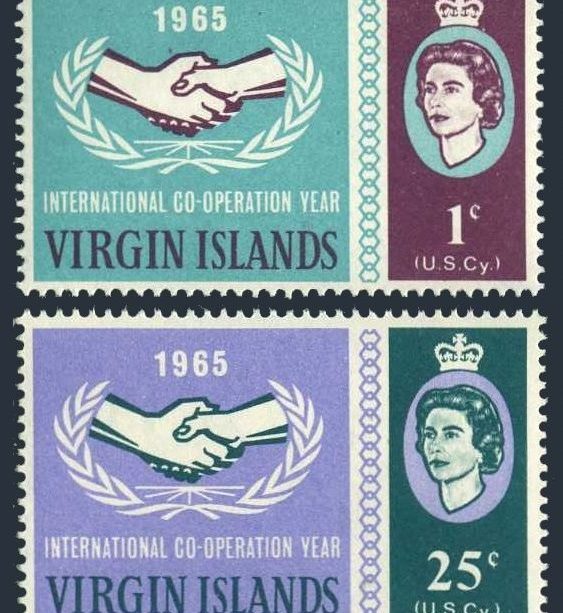Understanding the Virgin Islands: A Jewel of the Caribbean

Introduction
The Virgin Islands are renowned for their breathtaking landscapes, rich history, and vibrant culture. As a popular travel destination, these Caribbean islands attract millions of tourists annually, drawn by their pristine beaches, diverse marine life, and lush tropical environments. Understanding the Virgin Islands is crucial for those wanting to explore not only their natural beauty but also the unique cultural heritage that shapes the islands today.
The Islands Overview
The Virgin Islands are divided into three main groups: the British Virgin Islands (BVI), the United States Virgin Islands (USVI), and the Spanish Virgin Islands. Each has distinct characteristics and attractions. The BVI is known for its sailing and yachting opportunities, while the USVI offers a vibrant nightlife and historical sites. The Spanish Virgin Islands, including the uninhabited island of Culebra, are famed for their stunning snorkeling and diving spots.
In recent years, the Virgin Islands have become increasingly important to the global tourism economy. According to the World Travel & Tourism Council, tourism contributes significantly to the GDP of both the USVI and BVI, with millions of visitors arriving each year. Major airlines have increased their flights to the islands, and cruise tourism has also seen a resurgence, helping to boost the local economies.
Environmental and Cultural Significance
The Virgin Islands are more than just a summer getaway; they boast rich biodiversity and are home to several national parks and marine reserves. The Virgin Islands National Park in St. John, for example, encompasses over 60% of the island and protects numerous coral reefs, sea turtles, and endangered species. The preservation of these natural habitats is vital not only for the environment but also for sustaining the livelihoods of local communities that rely on fishing and tourism.
Culturally, the islands reflect a blend of African, European, and indigenous influences, evident in their music, festivals, and cuisine. Events such as the Carnival celebrations in both the USVI and BVI highlight this rich heritage, featuring vibrant parades and cultural expressions unique to the islands.
Conclusion
As the Virgin Islands continue to attract visitors from around the globe, their significance extends beyond tourism. They are a model for balancing economic development with environmental and cultural preservation. The future will likely see increased investment in sustainable tourism practices and initiatives that protect the rich natural resources they offer. For prospective travellers and readers alike, understanding the Virgin Islands is essential to fully appreciate the beauty and culture of this Caribbean paradise.








